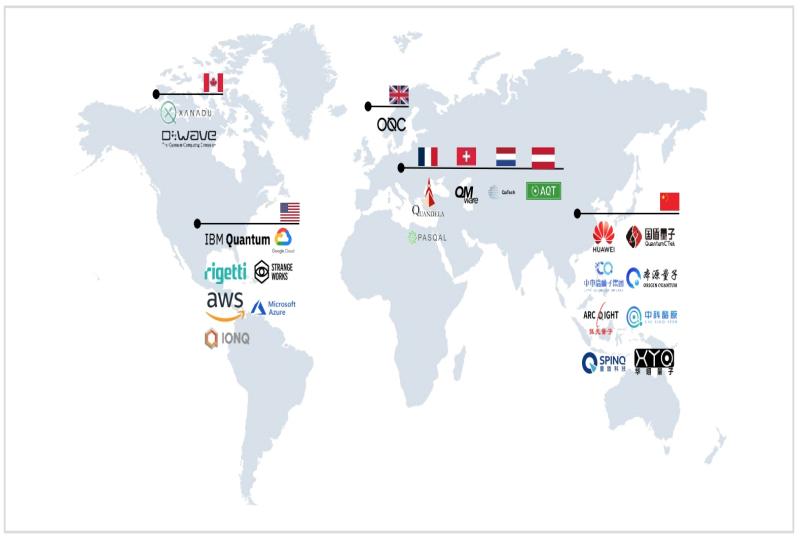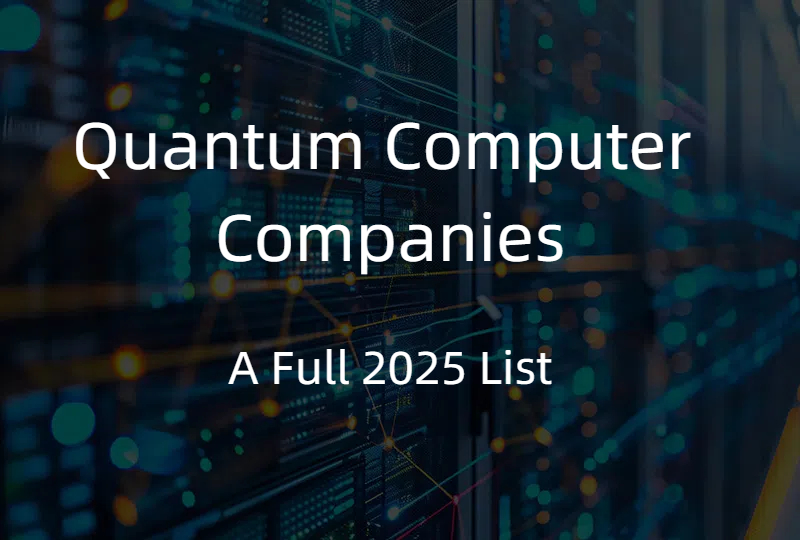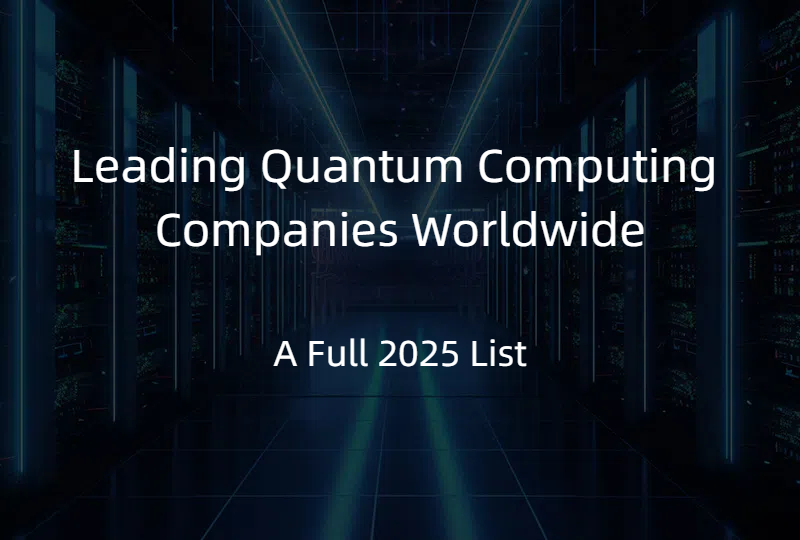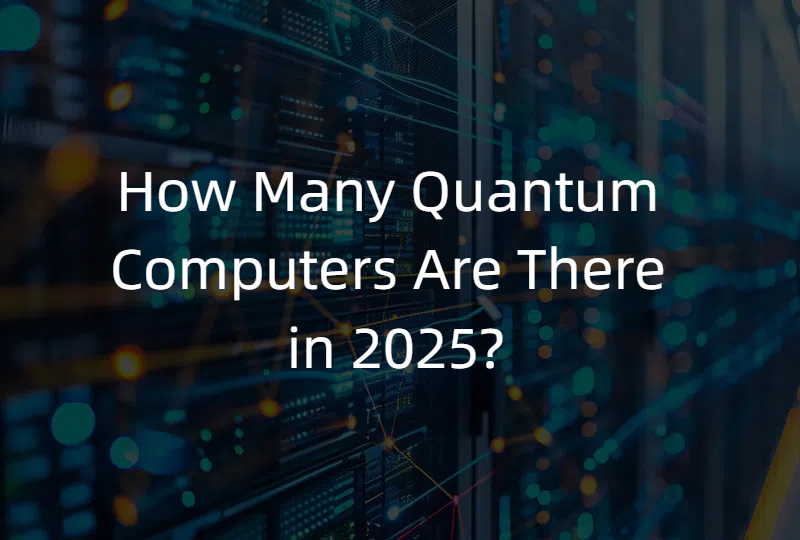Quantum Computing Market Trends 2025
2025.10.24 · Blog quantum stock market
Main Takeaway: The quantum computing market is in a phase of rapid expansion, with market size estimates for 2025 ranging from USD 1.8 billion to USD 3.5 billion, and projected to grow at a CAGR of 32–42% toward 2030. Strong venture funding, government initiatives, and strategic partnerships are driving investment opportunities in both hardware and software sectors.
Market Size and Growth Projections

Market research firms present slightly varying figures for 2025 but agree on robust growth:
-
USD 3.52 billion in 2025, expected to reach USD 20.20 billion by 2030 (CAGR 41.8%).
-
USD 1.8 billion in 2025, projected to hit USD 5.3 billion by 2029 (CAGR 32.7%).
Geographically, North America leads with over 40% share, followed by rapid expansions in Asia-Pacific (notably China’s national venture fund of RMB 1 trillion) and coordinated efforts in Europe through the Quantum Flagship Program.
Investment Landscape
Venture Capital and Public Funding
-
Venture funding into quantum start-ups surpassed USD 2 billion in early 2025, a significant year-over-year increase reflecting investor confidence in commercialization prospects.
-
McKinsey reports nearly USD 2 billion invested in quantum start-ups in 2024 (50% increase from 2023), with two late-stage companies—PsiQuantum and Quantinuum—capturing half of that total.
Government Initiatives
-
U.S. National Quantum Initiative: USD 1.2 billion budget (2018–2022).
-
China: Establishment of a RMB 1 trillion national fund for quantum technologies.
-
EU Quantum Flagship: €1 billion over ten years, fostering cross-border competence clusters.
Key Market Segments
Hardware
-
Superconducting qubits (IBM, Google) remain dominant, with IBM’s Condor processor surpassing 1,000 qubits and plans for a 4,158-qubit system by interconnecting three 1,386-qubit Kookaburra chips.
-
Trapped ions (IonQ) achieve room-temperature operation, offering cost advantages over cryogenic systems.
-
Neutral atoms (QuEra) and topological qubits (Microsoft) represent emerging hardware paradigms targeting scalability and error resilience.
Software and Services
-
Quantum-as-a-Service (QaaS) platforms democratize access, led by IBM Quantum Cloud, Azure Quantum, and multiple vendor agnostic marketplaces.
-
Specialized algorithms (QAOA, quantum Monte Carlo) are being commercialized for portfolio optimization, drug discovery, and cryptography.
Leading Companies and Investment Opportunities
| Company | Ticker (if public) | Focus | Notable Strength |
| IBM | — | Superconducting qubits & cloud | 1,121-qubit Condor; Quantum System Two; Qiskit ecosystem |
| Google Quantum AI | — | Superconducting qubits | Sycamore & Willow processors; Cirq framework |
| Microsoft | — | Topological qubits & software | Azure Quantum platform; Majorana 1 architecture |
| IonQ | IONQ | Trapped-ion qubits | Room-temperature operation; rapid stock growth (~80% YTD) |
| Rigetti | — | Superconducting & hybrid systems | Aspen-9 & Lyra processors; strong VC backing |
Investors seeking exposure can consider:
-
Pure-play quantum equities (IonQ, Rigetti), noting higher risk/return profiles.
-
Tech giants (IBM, Google, Microsoft) for diversified risk and cloud-integration strategies.
-
Quantum ETFs and venture funds focusing on hardware and software ecosystems.
Drivers and Risks
Drivers
-
Technological breakthroughs: Regular announcements of higher qubit counts, improved coherence, and error correction.
-
Commercial pilots: Early real-world advantages in finance (JPMorgan), energy, and materials science.
-
Ecosystem development: Growth of quantum developer tools, education programs, and standardization efforts.
Risks
-
Execution challenges: Scaling from NISQ to fault-tolerant systems remains uncertain.
-
Competition and consolidation: Rapid M&A activity (e.g., IonQ’s acquisition of Oxford Ionics) may reshape competitive dynamics.
-
Regulatory and security: Post-quantum cryptography imperative could both drive and complicate investments.
Conclusion: With a compound annual growth rate exceeding 30%, substantial venture and public funding, and diverse technological approaches, quantum computing presents a high-growth investment frontier. Strategic allocation across hardware, software, and service providers—balanced between pure-play specialists and established technology leaders—can optimize risk-adjusted returns in this emerging market.
This article is partly based on publicly available information and relevant technical literature. It has been compiled and analyzed by our team for learning and communication purposes only.
Featured Content






